Media Dependency Theory: Strengths and Weaknesses
Media Dependency Theory is a communication theory that explains the relationship between individuals or groups and the mass media. It was developed to understand how media consumption can influence and shape people’s attitudes, beliefs, and behaviors. This theory has been used to explain various media effects, such as agenda-setting (the media’s ability to influence what topics are considered important) and cultivation (how media can shape perceptions of reality). It has practical implications for media organizations, policymakers, and researchers, as it helps understand how media consumption patterns can impact society and individuals. Like any theory, Media Dependency Theory has its strengths and weaknesses.
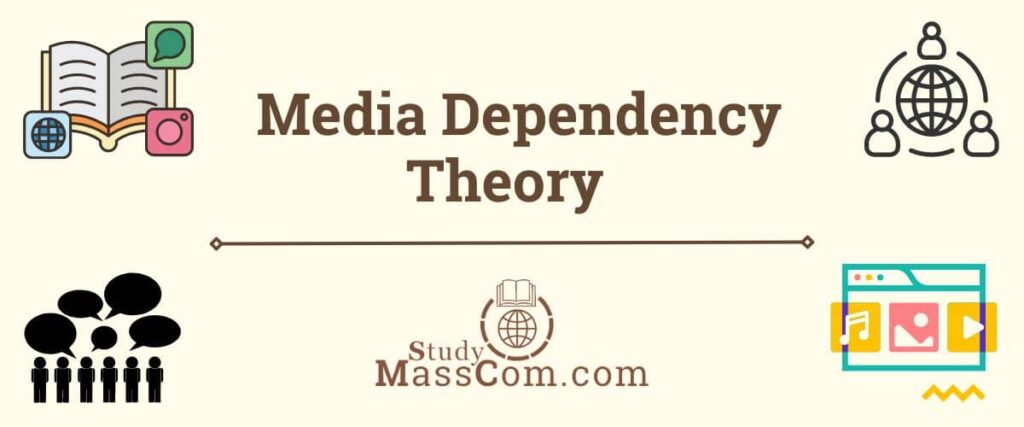
Definition of Media Dependency Theory
Media Dependency Theory is a communication theory that examines the relationship between individuals, groups, and the mass media. It suggests that people and social systems become dependent on the media for information, entertainment, and guidance. The theory posits that the extent of dependency on media varies depending on several factors, such as the availability of alternative information sources, the relevance of media content to the individual or group, and the media’s perceived importance in meeting their needs.
Media Dependency Theory suggests that when individuals or groups have limited access to other sources of information, they are more likely to rely heavily on the media for their knowledge and understanding of the world. This dependence can result in the media having a significant influence over people’s attitudes, beliefs, and behaviors.
The theory also recognizes that media dependency is not a one-way relationship, but rather a reciprocal process. While audiences rely on the media, the media also depend on audiences for attention, viewership, and advertising revenue.
Strengths of Media Dependency Theory
Media Dependency Theory holds significant importance for understanding the role of media in modern society and its influence on individuals and groups. Here are some key reasons why the theory is valuable:
Explains Media Influence
Media Dependency Theory provides a useful framework for understanding the central role that media plays in modern society. It highlights the fact that media are not just passive sources of information but powerful agents that can influence people’s thoughts and actions.
Understanding Audience Behavior
The theory provides insights into why and how individuals or groups choose to consume specific media content. It helps researchers and practitioners understand the factors that drive media consumption patterns and preferences.
Media’s Agenda-Setting Function
The theory helps identify the potential effects of media on individuals and society, such as agenda-setting (media’s ability to influence what topics are considered important) and cultivation (how media can shape perceptions of reality).
Implications for Media Strategy
The theory has practical implications for media organizations and advertisers. Understanding audience dependency on specific media outlets or platforms can help tailor media strategies and content to effectively reach and engage target audiences.
Media Effects on Society
Media Dependency Theory takes into account the social, cultural, and political contexts in which media operate. It recognizes that media consumption patterns can be influenced by factors such as socioeconomic status, education, and access to technology.
Explore the positive and negative effects of advertising.
Societal Impact of Media Ownership
The theory also sheds light on the impact of media ownership and control on the information landscape. The concentration of media ownership can lead to dependency on a limited number of media sources, potentially affecting the diversity and plurality of information available to the public.
Media Literacy and Critical Thinking
Understanding Media Dependency Theory can encourage media literacy and critical thinking among audiences. When individuals recognize their dependency on media, they may be more inclined to analyze and question the information presented to them.
Social and Political Change
The theory’s insights into the role of media in shaping public opinion and influencing behavior have implications for social and political change. Media can be instrumental in promoting social movements, advocacy campaigns, and creating awareness of important issues.
Practical applications
The theory has practical implications for media organizations, policymakers, and researchers. It can guide media strategies and help design media campaigns that aim to influence public opinion or behavior.
Predictive Power
Media Dependency Theory can offer insights into how changes in media access and consumption might impact society. For example, it can predict how shifts in media ownership or the emergence of new media platforms could alter information flows and public attitudes.
Media Dependency Theory is important because it enhances our understanding of media’s pervasive role in contemporary life. It provides a framework for studying media effects, audience behavior, and the reciprocal relationship between individuals or groups and the media. This understanding is valuable for media professionals, policymakers, researchers, and individuals alike in navigating the complex media landscape and its impact on society.
Weaknesses of Media Dependency Theory
Media Dependency Theory, like any other communication theory, has faced criticism and scrutiny over the years. Some of the main weaknesses of this theory include:
Oversimplification of Audience Behavior
One criticism of the Media Dependency Theory is that it often portrays audiences as passive and easily manipulated by the media. In reality, people are active consumers of media who can critically engage with the content they encounter.
Limited Explanatory Power
The theory doesn’t fully explain why individuals choose particular media sources or outlets. It assumes that people rely on media based solely on their perceived dependency, but other factors like personal preferences, habits, and social influences also play a role.
Neglect of Individual Differences
The theory tends to overlook the diversity of audience members. People have different motivations, needs, and levels of media dependency, which can result in varying responses to media content.
Discover the strengths and weaknesses of the Magic Bullet Theory.
Focus on Dependency, not Influence
The theory places significant emphasis on media dependency, but it doesn’t thoroughly address the question of media influence on individuals and society. Critics argue that understanding media effects requires a more nuanced examination of the mechanisms through which media messages impact audiences.
Causality Issues
While Media Dependency Theory can identify correlations between media consumption and certain effects, it doesn’t establish causality. It doesn’t conclusively prove that media use directly causes changes in attitudes or behaviors.
Changing Media Landscape
Critics argue that Media Dependency Theory may be less applicable in the current media landscape, where individuals have access to a vast array of information sources beyond traditional mass media. New media technologies and platforms have diversified the media ecosystem, potentially altering the patterns of media dependency.
Check out the differences between traditional media and new media.
Downplays Active Audience Effects
The theory focuses primarily on media’s influence on audiences, neglecting the reverse effect, where audiences can actively shape media content through feedback, social media interactions, and media production.
Read about the Two-Step Flow Theory.
Neglect of Social and Cultural Factors
Critics argue that the theory may not adequately consider the role of social and cultural factors in shaping media dependency. Factors like socioeconomic status, education, and cultural background can influence how individuals interact with media.
Lack of Temporal Dimension
Some critics suggest that Media Dependency Theory doesn’t account for the temporal dimension of media effects. It may not fully address the long-term consequences of media exposure and how effects might change over time.
While Media Dependency Theory has contributed valuable insights into the relationship between individuals and the media, these criticisms highlight the need for a more comprehensive and nuanced approach when studying media effects and audience behavior. Researchers should consider these limitations and explore complementary theories to gain a more comprehensive understanding of the dynamic interplay between individuals, society, and the media.
Cause-and-Effect Relationship in Media Dependency Theory
Media Dependency Theory proposes a cause-and-effect relationship between individuals or groups and the mass media. The theory suggests that media dependency leads to certain effects on both the audience and the media itself. Here’s a breakdown of the cause-and-effect relationship in Media Dependency Theory:
Cause: Media Dependency
1. Information and Knowledge Needs: Individuals or groups have information and knowledge needs that the media can fulfill. The media act as a primary source of information on various topics, events, and issues.
2. Limited Alternatives: The audience may have limited access to other information sources, leading them to rely heavily on the media for their information needs.
3. Reinforcement of Beliefs: Media consumption can reinforce existing beliefs and attitudes, creating a cycle of dependency as individuals seek content that aligns with their pre-existing views.
4. Agenda-Setting: The media’s ability to set the agenda for public discussion by highlighting certain issues and topics influences what the audience perceives as important and relevant.
5. Cultivation of Perceptions: Prolonged exposure to media content can shape the audience’s perception of social reality, aligning their beliefs and attitudes with the portrayals seen in the media.
Effects
1. Media Influence: Media Dependency Theory suggests that media have significant influence over the audience’s attitudes, beliefs, and behaviors, as they are a primary source of information and guidance.
2. Dependency on Media Outlets: The audience becomes increasingly reliant on specific media outlets or platforms to satisfy their information and entertainment needs.
3. Agenda-Setting Effects: The media’s agenda-setting function can influence the public’s priorities, making certain issues seem more important or urgent than others.
4. Homogenization of Public Opinion: Media Dependency Theory posits that media consumption can lead to a homogenization of public opinion, as people exposed to the same content are likely to develop similar beliefs and attitudes.
5. Media Profit and Power: As audiences become dependent on specific media outlets, those outlets gain power and influence in shaping public opinion, which can be leveraged for profit or political purposes.
It’s essential to note that the cause-and-effect relationship in Media Dependency Theory is not unidirectional. The media’s dependence on audiences for viewership, attention, and advertising revenue also plays a crucial role in shaping media content and strategies. As such, the relationship between the media and the audience is a dynamic and reciprocal process, where both parties influence each other’s behaviors and decisions.
Learn how mass media acts as a magic multiplier in development communication.
Examples of Media Dependency Theory
Media Dependency Theory can be observed in various real-life examples that demonstrate how individuals and groups become dependent on the media for information, entertainment, and guidance. Here are some examples:
News Consumption
Many people rely heavily on the media, such as television news, online news websites, or social media platforms, to stay informed about current events and important issues. They may not have direct access to firsthand information and instead depend on the media to provide them with news updates.
Check out the TV news production process.
Political Campaigns
During political campaigns, candidates heavily use the media to disseminate their messages and reach a broader audience. Voters often rely on the media to learn about candidates, their policies, and their positions on various issues, influencing their voting decisions.
Social Media Addiction
Social media platforms like Facebook, Twitter, and Instagram have become central in many people’s lives. Individuals may feel a compulsion to check these platforms frequently for updates, news, and social interactions, leading to a dependency on social media for social connections and entertainment.
Advertising and Consumer Behavior
Media Dependency Theory is evident in the impact of advertising on consumer behavior. People may depend on media advertisements to learn about new products, promotions, and offers, which can influence their purchasing decisions.
Understand the DAGMAR and AIDA models of advertising.
Crisis and Emergency Situations
During emergencies or crises, people often turn to the media for up-to-date information, safety instructions, and guidance. Media outlets become critical sources of information during disasters, natural calamities, or public health crises.
Celebrity Culture and Entertainment
The media plays a significant role in creating and sustaining celebrity culture. Fans and followers often rely on media coverage, interviews, and social media updates to stay connected with their favorite celebrities.
Educational Dependency
In the context of education, individuals may use the media, such as online courses, educational websites, or instructional videos, to supplement their learning and acquire knowledge beyond traditional classroom settings.
Media Influence on Public Opinion
Media Dependency Theory explains how media can shape public opinion on various topics and social issues. For example, biased reporting or selective coverage of a particular subject can influence how the public perceives and understands that issue.
Explore the role of New Media in public relations.
Political Activism
Media platforms, including social media, have become vital for political activism and social movements. Activists may heavily rely on the media to disseminate their messages, mobilize support, and raise awareness about their causes.
These examples demonstrate how Media Dependency Theory is relevant in various aspects of modern life, where media consumption plays a crucial role in shaping individuals’ beliefs, attitudes, and behaviors. It emphasizes the importance of understanding the reciprocal relationship between individuals or groups and the media to comprehend the influence and effects of media on society.
Conclusion
Media Dependency Theory is valuable in understanding the role of media in society and its potential effects on individuals and groups. However, it has limitations, such as oversimplifying audience behavior and not fully considering individual differences and active audience effects. Researchers and practitioners should be cautious in applying the theory and consider complementary perspectives to gain a comprehensive understanding of media’s complex role in contemporary life.
FAQs
Media System Dependency Theory is an extension of Media Dependency Theory that focuses on the interdependence between media systems and individuals or groups. It suggests that individuals or societies become dependent on media systems to fulfill specific needs, such as information, entertainment, or social interaction. The theory emphasizes the reciprocal relationship between media systems and their audiences, where media systems rely on audience attention and support, while audiences depend on media for their desired outcomes. It highlights how changes in media systems can impact individual behaviors and societal dynamics, making it essential to understand the evolving role of media in contemporary life.
Media Dependency Theory was first introduced by Sandra Ball-Rokeach and Melvin DeFleur in their 1976 book titled “A Dependency Model of Mass-Media Effects.” Sandra Ball-Rokeach is a prominent communication scholar, and Melvin DeFleur was a distinguished professor of communication. They developed the theory to explain the relationship between individuals or groups and the mass media, focusing on the role of media as information sources and how media dependency can influence audience attitudes, beliefs, and behaviors. Their work has since laid the foundation for further research on media effects and audience-media interactions.
Media Dependency Theory was created to understand the increasing importance of media in modern society and its potential influence on individuals and groups. It emerged in response to the growing role of mass media as a primary source of information, entertainment, and communication. Researchers Sandra Ball-Rokeach and Melvin DeFleur developed the theory in 1976 to explain how media consumption affects people’s attitudes, beliefs, and behaviors. They sought to explore the interdependence between individuals and the media, emphasizing the impact of media dependency on shaping public opinion and behavior. Media Dependency Theory aimed to provide a framework for studying media effects and the reciprocal relationship between media and audiences.
Media Dependency Theory is important because it enhances our understanding of the critical role of media in contemporary society. It helps explain how media consumption can influence individuals and groups, shaping their attitudes, beliefs, and behaviors. Understanding media dependency is crucial for media professionals, policymakers, and advertisers to design effective communication strategies. The theory also highlights the reciprocal relationship between media and audiences, emphasizing the impact of media on public opinion and behavior. It offers practical implications for media organizations and society at large, enabling a deeper comprehension of media effects, audience behavior, and the evolving media landscape in the digital age.

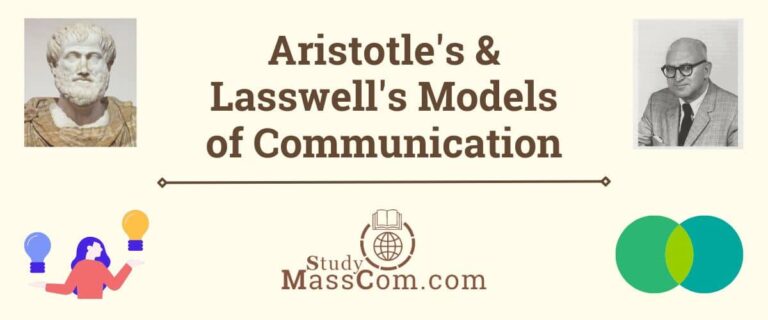
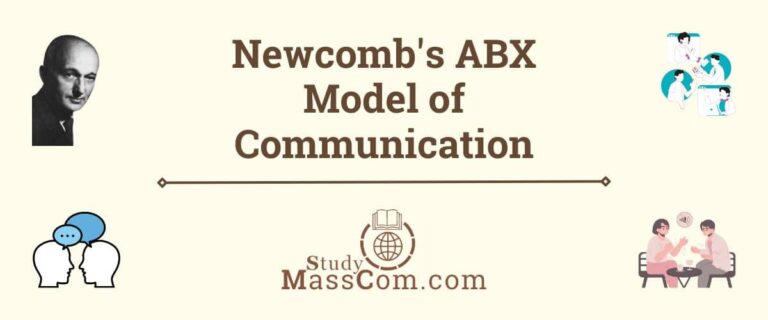
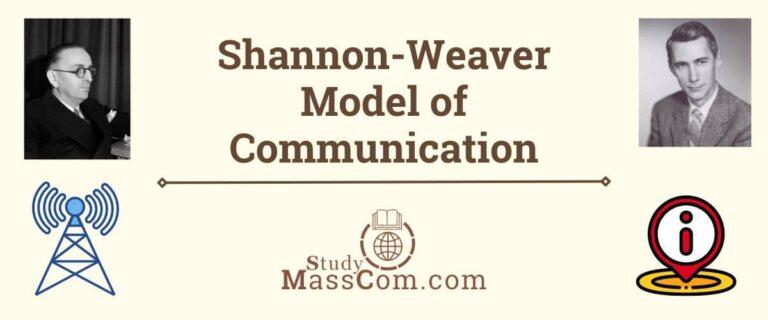
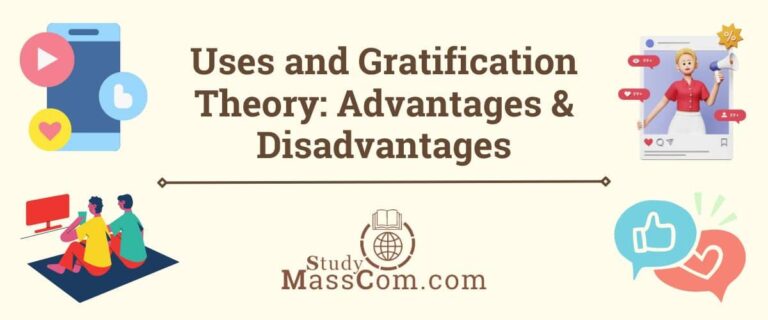
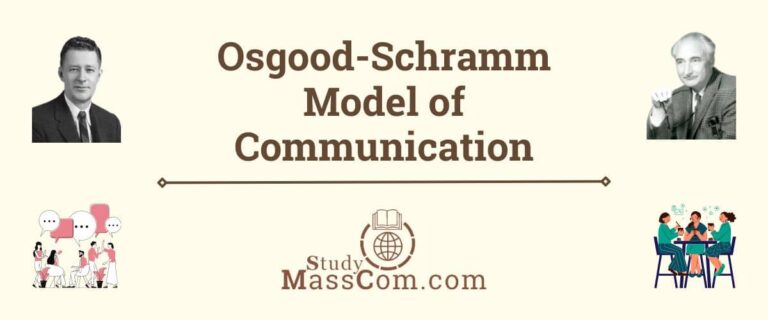
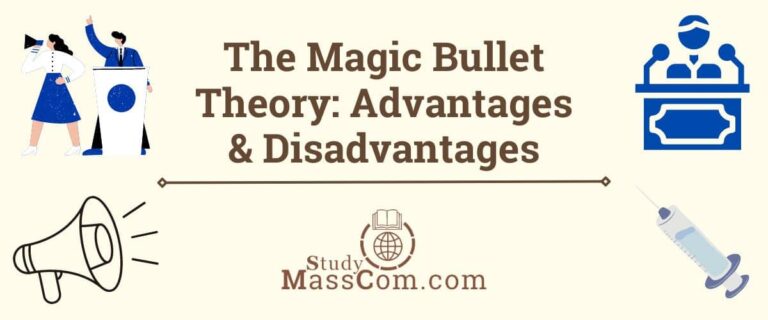
Good evening, who was the author of this publication?
I also don’t know.
Have you been able to find out who published this?